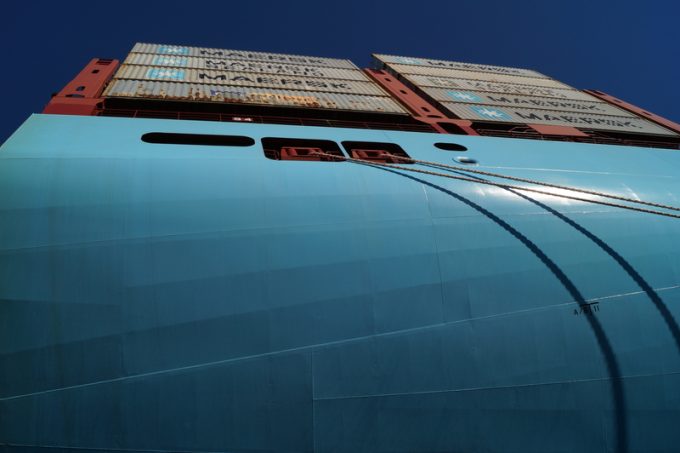No relief in sight for congestion issues at North Europe's container ports
Maersk has seen “disproportionately high growth” on intra-Europe trades in both capacity and market share, ...

Stronger-than-expected demand and continuing disruption from the Red Sea crisis produced a better-than-expected return for AP Møller Maersk in the first quarter, supported by increased profitability in its terminals division.
Groupwide revenues in Q1 declined 13% year on year, to finish at $12.4bn, while quarterly EBIT ...

Comment on this article